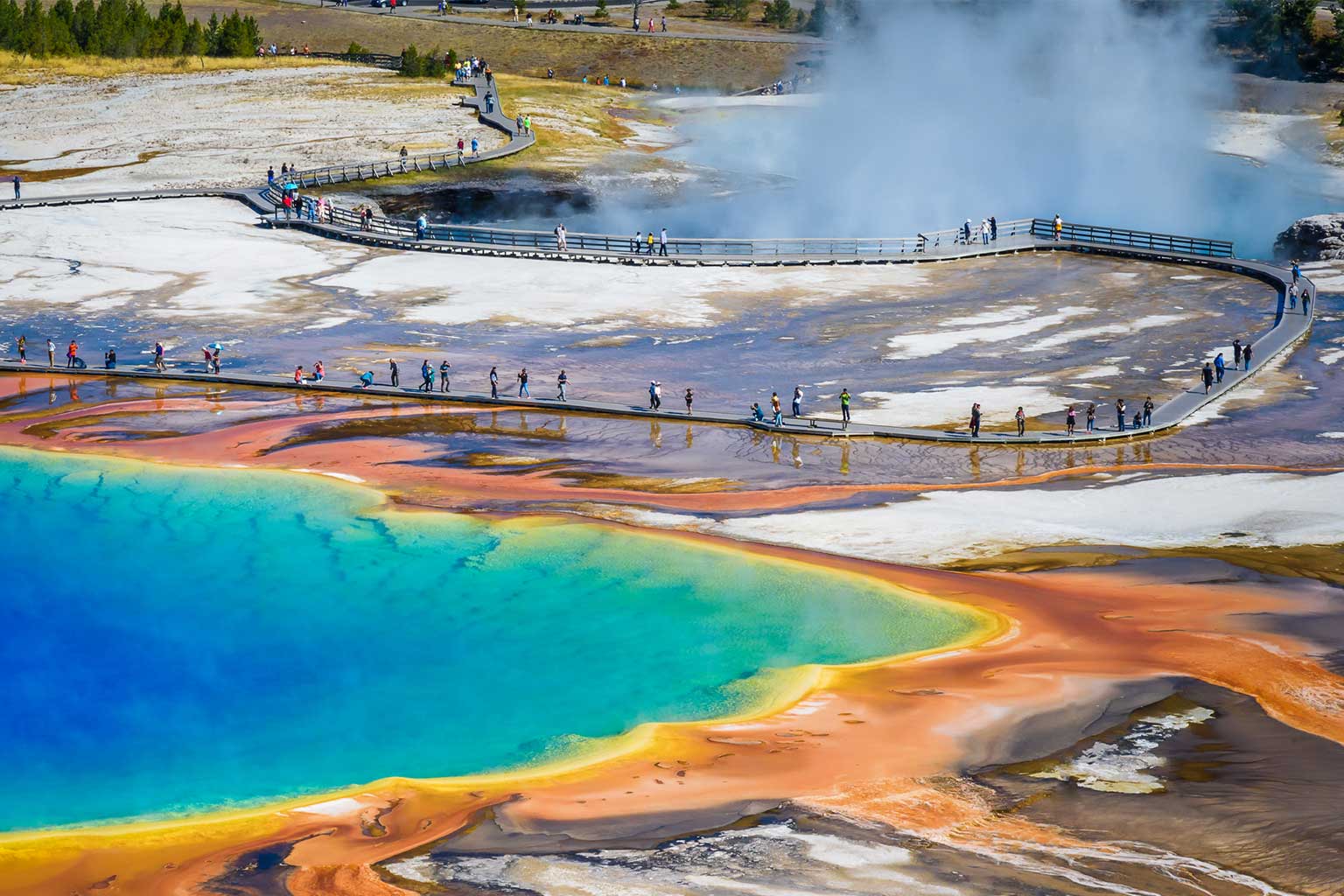This article was originally published in National Review.
The summer road trip is back. As stay-at-home orders have lifted, Americans are shunning air travel and hitting the road to explore the great outdoors. RV sales are booming, campgrounds are overflowing, and national-park visitation is surging across much of the country.
Unfortunately, many of these newfound outdoor enthusiasts may be in for a surprise: America’s public lands are in rough shape, needing nearly $20 billion in repairs.
Fixing national parks’ crumbling roads, dilapidated facilities, and leaky wastewater systems alone will cost $12 billion. More than 21,000 miles of trails are in need of repair across the system. Just last month, an aging water pipeline in the Grand Canyon failed, leading to water shortages. In Yellowstone, park officials recently closed a bridge near Old Faithful due to structural concerns.
Why such neglect? It all comes down to incentives. Politicians love to cut ribbons on new parks and purchase more public land, but when it comes to the basic care of lands the government already owns, Congress is less enthusiastic. “It’s fun and sexy to add a new unit to the Park Service,” Utah representative Rob Bishop has said. “It’s not fun or sexy to talk about fixing a sewer system.”
Over the past decade, Congress has added 28 new parks to the national park system, but overall funding levels have remained flat. Meanwhile, the maintenance backlog has steadily grown as infrastructure falls into disrepair and needs to be replaced—often costing taxpayers several times more than if needed repairs were made right away.
The good news is that a bill signed Tuesday by President Trump could go a long way toward clearing the backlog. The Great American Outdoors Act will set aside up to $1.9 billion per year in federal energy revenues over the next five years to cover overdue maintenance for parks and other public lands. The maintenance fund created by the bill will be devoted exclusively to shoring up park infrastructure, so Congress cannot raid it for other purposes. Importantly, the bill also allows the secretary of the interior to invest portions of the fund for the future, using the interest earned to address long-term maintenance needs.
The act won’t entirely solve the problem. For one thing, it mandates $900 million in annual spending for the Land and Water Conservation Fund, the government’s main land-buying program—and the more land the government owns, the more it has to spend to maintain its holdings. For another, the mechanism that funds all this spending is shaky. Both the maintenance fund and the LWCF are to be financed by federal energy royalties, which primarily come from fossil-fuel development. Many Democrats, including Joe Biden, are calling for a ban on new oil and gas leases on public lands and waterways, even as they support the Great American Outdoors Act. And even if such a ban isn’t enacted, pandemic-related declines in government energy royalties have caused some to doubt whether sufficient revenues will be available for the maintenance fund.
All that said, after decades of neglect, it’s encouraging to see Congress finally taking steps to maintain the lands under its control. There is, of course, more to be done to ensure that these lands are properly cared for and managed. Conservation, after all, is first and foremost about taking care of what you own. If we do that, America’s public lands will be better prepared to welcome summer road-trippers for years to come.




